| Structure | Name/CAS No. | Articles |
|---|---|---|
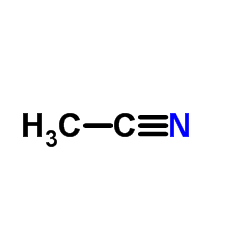 |
Acetonitrile
CAS:75-05-8 |
|
 |
Hydrochloric acid
CAS:7647-01-0 |
|
 |
Methanol
CAS:67-56-1 |
|
 |
Aqueous ammonia
CAS:1336-21-6 |
|
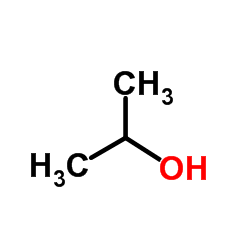 |
Isopropanol
CAS:67-63-0 |
|
 |
3,3'-diiodo-L-thyronine
CAS:4604-41-5 |
|
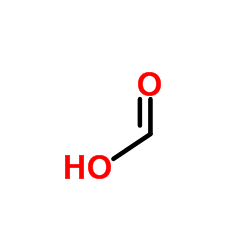 |
Formic Acid
CAS:64-18-6 |
|
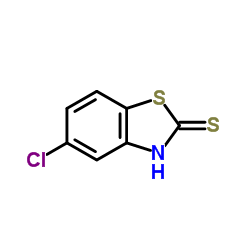 |
2-metcapto-5-chloro-benzothiazole
CAS:5331-91-9 |
|
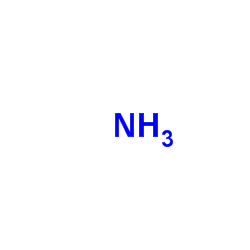 |
Ammonia
CAS:7664-41-7 |
|
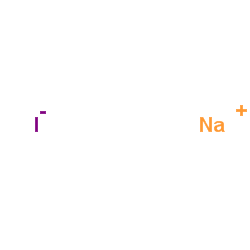 |
Sodium iodide
CAS:7681-82-5 |